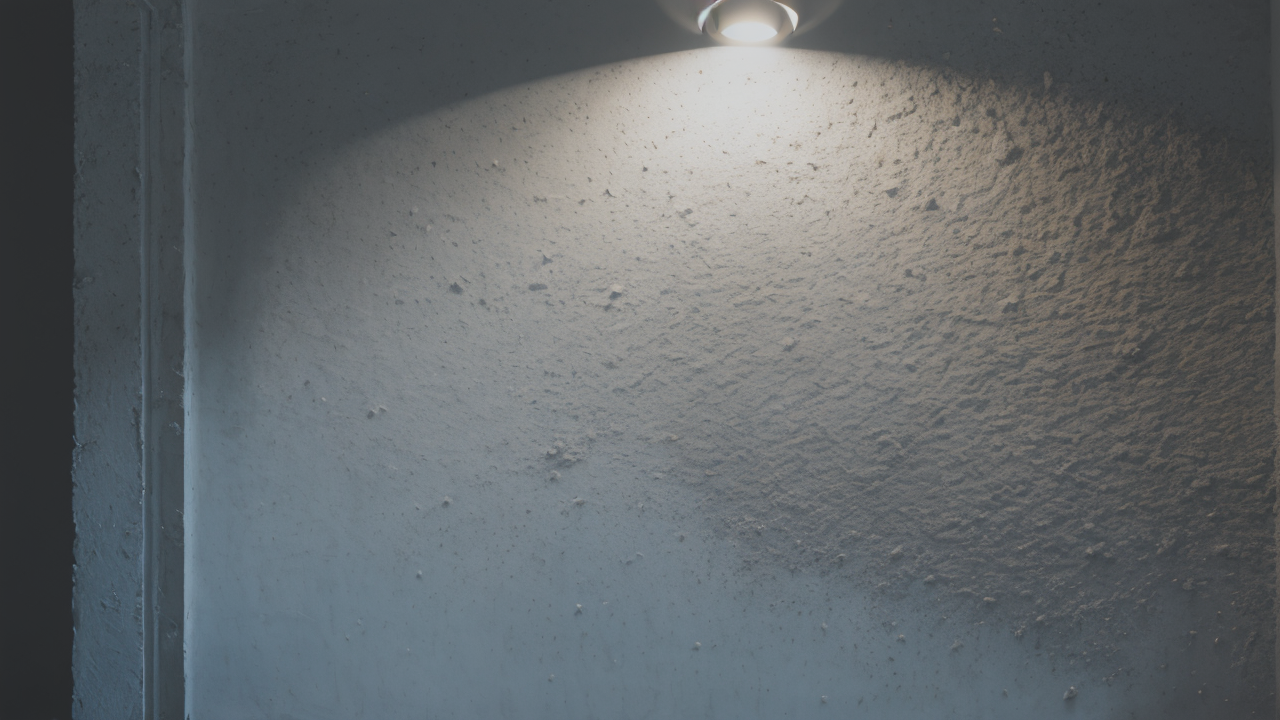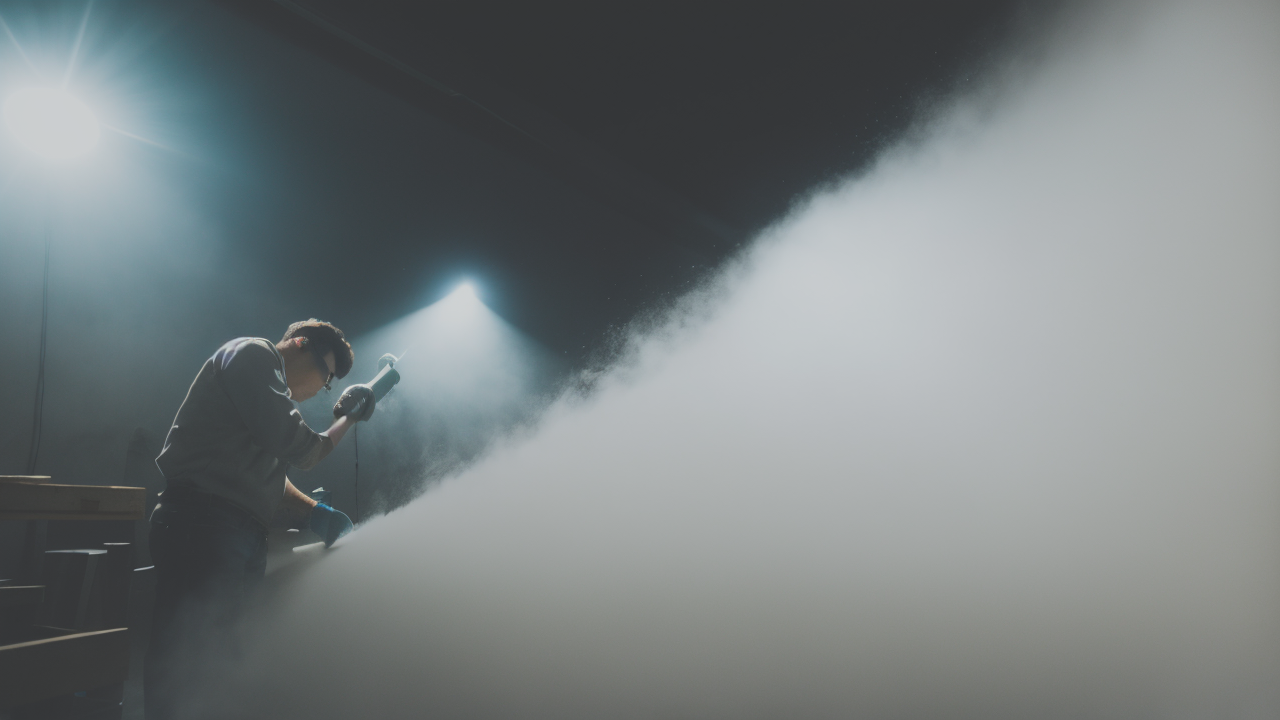
Texture and Dimension: Incorporating Fabric into Plaster Art Projects
Why Plaster is the Artists' Medium of Choice
The Versatility of Plaster in Sculpting and Art Installations
Plaster is a favorite among artists for its incredible versatility. It's easy to mold and shape, making it perfect for various art forms. Sculptors love its ability to capture fine details. Plaster works well for both small and large-scale projects. It can be used to create intricate reliefs or massive installations. The material dries quickly, allowing artists to work efficiently. Plaster takes paint well, offering endless color possibilities. It can also be left raw for a natural, matte finish. Artists can build up layers or carve into the surface. This flexibility allows for diverse textures and forms. Plaster is ideal for both indoor and outdoor art. It's affordable, making it accessible to artists at all levels. From delicate figurines to bold wall murals, plaster adapts to any vision.

How Plaster Textured Art Brings Depth to Visual Art
Plaster texture adds a new dimension to visual art. It creates depth that flat mediums can't match. Artists can sculpt, carve, or imprint designs into plaster surfaces. This tactile element engages viewers on a physical level. The play of light and shadow on textured plaster is dynamic. It can make a piece appear to change as lighting shifts. Plaster can be smooth or rough, allowing for contrast within a single work. This versatility lets artists express complex ideas through texture alone. Textured plaster art captures attention and invites closer inspection. It can evoke emotions and memories through its tactile nature. The depth created by plaster textures can make 2D art feel three-dimensional. It's a powerful tool for artists looking to make their work stand out in any setting.
The Aesthetics of Plaster: What Makes It Stand Out
Plaster has a unique aesthetic that sets it apart from other art mediums. Its natural white color provides a clean, neutral base. This makes it ideal for showcasing form and texture. Plaster has a matte finish that gives artworks a soft, organic feel. It can be tinted or painted for endless color options. The material captures fine details, allowing for intricate designs. Yet, it's equally effective for creating bold, minimalist pieces. Plaster artworks have a timeless quality that appeals to many. The medium's association with classical art gives it a sense of permanence. At the same time, it's versatile enough for modern and abstract expressions. Plaster's ability to be both smooth and textured creates visual interest. Its aesthetic versatility makes it a favorite among artists and collectors alike.
Essential Tips for Crafting Your Art with Plaster
Selecting the Right Plaster Materials for Art Projects
Choosing the right plaster is crucial for successful art projects. There are several types to consider:

- Plaster of Paris: Fast-setting, ideal for molds and casts
- Gypsum plaster: Slower setting, great for sculpting
- Lime plaster: Durable, often used in frescoes
- Cement plaster: Strong, suitable for outdoor sculptures
Consider your project's needs when selecting plaster. Fine-grain plasters work best for detailed work. Coarser plasters are better for creating textured surfaces. Always check the setting time and strength of the plaster. Some additives can alter these properties to suit your needs. Use fresh plaster for best results. Store it in a dry place to prevent moisture absorption. Quality tools are also important. Invest in good mixing containers and sculpting tools. With the right materials, your plaster art will have a strong foundation.
Step-by-Step Guide to Preparing and Texturing Plaster
- Gather materials: plaster, water, mixing container, and tools
- Measure plaster and water according to package instructions
- Add plaster to water slowly, avoiding lumps
- Mix thoroughly until smooth and creamy
- Pour or apply plaster to your surface or mold
- Allow plaster to start setting (about 10-15 minutes)
- Begin texturing when plaster is firm but still workable
- Use tools or objects to create desired texture
- Experiment with carving, imprinting, or layering techniques
- Allow plaster to fully dry (24-48 hours)
For smooth surfaces, use a trowel or scraper. For rough textures, try sponges or brushes. Experiment with found objects for unique patterns. Work quickly, as plaster sets fast. Keep tools clean between applications. If plaster starts to set, don't add water. Mix a fresh batch instead. Practice on small pieces to perfect your technique. Remember, each layer of plaster can be textured differently. This allows for complex, multi-layered artworks.
Best Practices for Preserving and Maintaining Plaster Art
Proper care ensures plaster art lasts for years. Here are key practices:
- Keep plaster art away from moisture to prevent damage
- Dust regularly with a soft, dry cloth
- Avoid harsh cleaning products that can erode the surface
- Use a soft brush to clean textured areas gently
- Store plaster pieces in a cool, dry place
- Handle with clean, dry hands to prevent oil transfer
- Use padding when transporting plaster art
- Repair small cracks promptly with fresh plaster
- Apply a sealant for added protection if desired
- Display away from direct sunlight to prevent fading
Regular inspections help catch issues early. If a piece gets wet, dry it immediately. For valuable works, consult a professional conservator. With proper care, plaster art can maintain its beauty for generations. Remember, prevention is key in preserving plaster artworks. Educate collectors on proper care techniques. This ensures your art remains in top condition long after it leaves your studio.
The Business of Art: Capitalizing on Plaster Textured Creations
Marketing Strategies for Promoting Plaster Textured Art
Effective marketing is key to selling plaster art. Start by creating a strong online presence. Use high-quality photos to showcase your work's texture. Social media platforms like Instagram are great for visual art. Share your process to engage followers. Consider creating short videos of your techniques. Collaborate with interior designers to reach new clients. Participate in art fairs and exhibitions to gain exposure. Offer workshops to build interest in plaster art. Create a newsletter to keep collectors informed about new pieces. Partner with galleries that specialize in textured art. Develop a unique story around your plaster creations. Use this narrative in your marketing materials. Remember, consistency in branding helps build recognition. Highlight the unique qualities of plaster in your promotions. Focus on the tactile and visual appeal of your work.

Understanding the Plaster Art Market in the United States
The U.S. plaster art market is diverse and growing. Contemporary collectors are showing increased interest in textured art. Plaster works are popular in both residential and commercial spaces. Prices vary widely based on size, complexity, and artist reputation. Coastal areas tend to have higher demand for plaster art. This is due to its association with Mediterranean aesthetics. The market includes both functional and purely decorative pieces. Custom installations for homes and businesses are a growing segment. Art consultants often seek plaster works for corporate collections. Gallery representation is important for reaching high-end buyers. Online sales platforms have opened new channels for artists. The market values unique textures and innovative techniques. Eco-friendly practices can be a selling point for conscious consumers. Understanding regional preferences can help target sales efforts. Stay informed about market trends to adapt your offerings.
Navigating the Challenges of Shipping and Handling Plaster Artpieces
Shipping plaster art requires careful planning. Here are key considerations:
- Use sturdy boxes with ample padding
- Wrap pieces in acid-free tissue paper
- Add a layer of bubble wrap for shock absorption
- Fill empty spaces with packing peanuts or foam
- Mark boxes as fragile and handle with care
- Consider custom crating for large or valuable pieces
- Insure shipments for their full value
- Use reputable shipping companies experienced with art
- Provide detailed handling instructions to buyers
- Consider offering installation services for complex pieces
For galleries, proper storage is crucial. Use climate-controlled spaces to prevent damage. Handle pieces with clean gloves to avoid oils transferring. When displaying, ensure mounts can support the weight of plaster works. For shows, consider creating travel-friendly versions of your art. Educate clients on proper care to prevent returns. Have a clear policy for damages during shipping. Building strong relationships with reliable shippers is invaluable. Remember, safe delivery is key to customer satisfaction and repeat business.


